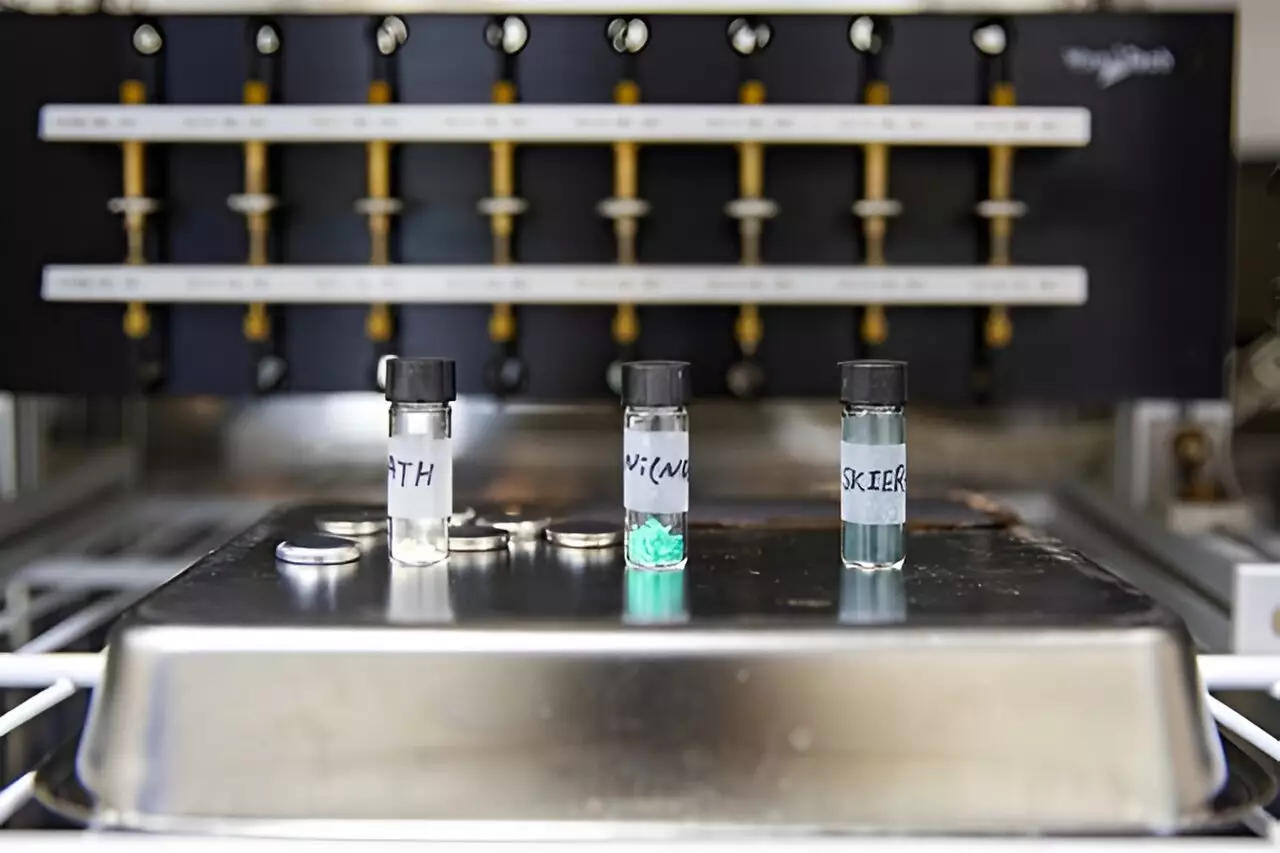The Korea Institute of Energy Research (KIER) recently unveiled a groundbreaking advancement in lithium battery technology with the development of a new redox-active metal-organic hybrid electrode material known as SKIER-5. This innovative material has the unique ability to remain stable in cold temperatures as low as minus 20 degrees Celsius, making it a game-changer in the field of battery technology.
Traditionally, graphite has been the material of choice for anodes in lithium-ion batteries due to its stability and affordability. However, graphite anodes have significant limitations when it comes to operating in freezing conditions. At subzero temperatures, the storage capacity of batteries with graphite anodes drastically decreases, and dendrites can form on the surface, posing a serious risk of thermal runaway and potential explosions.
The Development of SKIER-5
A team of researchers at KIER led by Dr. Jungjoon Yoo, Dr. Kanghoon Yim, and Dr. Hyunuk Kim set out to address these issues by developing SKIER-5, a redox-active conductive metal-organic framework. This framework, constructed from a trianthrene-based organic ligand and nickel ions, demonstrated a discharge capacity five times higher than that of graphite in subzero temperatures. SKIER-5’s impressive discharge capacity of 440 mAh/g surpassed the 375 mAh/g of a graphite electrode at room temperature.
After 1,600 charge-discharge cycles, SKIER-5 maintained its exceptional performance with a capacity increase of approximately 1.5 times, reaching 600 mAh/g. This remarkable result defies the typical trend of decreasing discharge capacity with repeated cycles. The redox mechanism of SKIER-5 was confirmed through high flux X-ray analysis, highlighting its superior electron storage capabilities compared to graphite.
SKIER-5’s standout feature is its ability to deliver a discharge capacity of 150 mAh/g at minus 20 degrees Celsius, five times higher than that of graphite. This enhanced performance is attributed to SKIER-5’s lower energy threshold for initiating chemical reactions, ensuring stable operation in low-temperature conditions where reaction rates typically decline.
The operating principle of SKIER-5 was further validated through first-principles calculations based on quantum chemistry. By determining the crystalline structure of SKIER-5 and predicting lithium adsorption sites, the research team accurately calculated the material’s theoretical capacity and reaction voltage. The alignment between predicted values and experimental results solidified the understanding of SKIER-5’s exceptional performance as a lithium battery anode.
The development of SKIER-5 by the Korea Institute of Energy Research represents a significant breakthrough in lithium battery technology. With its superior performance and stability in low-temperature environments, SKIER-5 has the potential to revolutionize the electric vehicle, drone, and ultra-small electronic device industries. As researchers continue to push the boundaries of innovation, SKIER-5 stands as a testament to the power of cutting-edge materials science in shaping the future of energy storage technology.


Leave a Reply